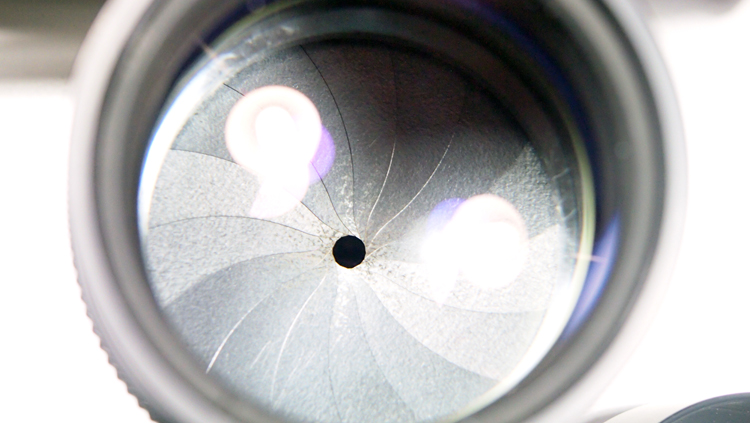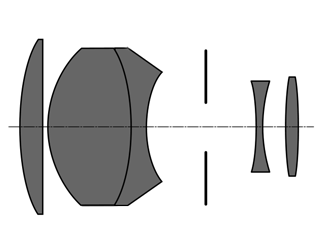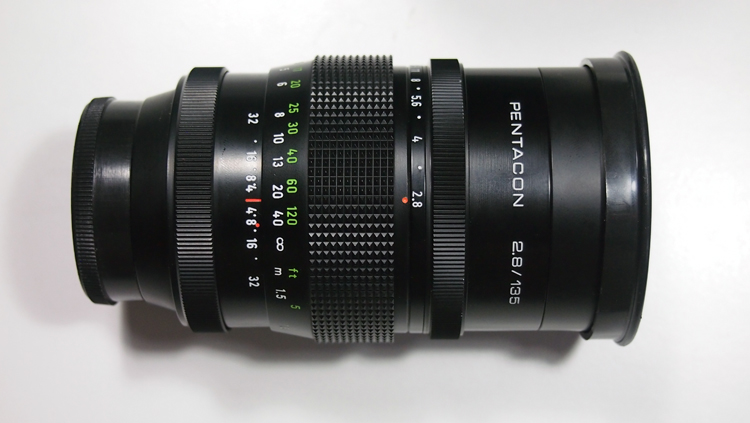The Lens details of a series of images taken by Steve Cushing on mirrorless camera.
Fitting has a 42mm mount
Flange Distance - this lens will fit and achieve focus to infinity mirrorless cameras and on DSLRs.
HistorySoviet lenses have a strange background in comparison with their German and Japanese counterparts. Some optical designs, such as the Helios 44 are direct copies of the Biotar and Flektogon series made my Carl Zeiss. The Jupiter 11-A has the Sonnar design. However, what makes them stand apart is that even if they are copies they still have a unique image rendering.
The names of the Soviet lenses often featured cosmic themes rather than optical design names such as Jupiter, Vega, Helios, Tair. In the Soviet era, everything that is connected with space was a trend. And they called the cosmic names of not only for their lenses, but other items such the tape player "Vega" motorbikes "Jupiter," and so many more products. Soviet lenses can be divided in two ways. Sometimes the name states the optical design (Helios, Industar, etc), The second way to clarify them is the brand of the manufacturer (Arsat, Zenitar, BelOMO).
The first way implies that the name of the lens attached specific optical design. This logic is likely to have been borrowed from the German company Carl Zeiss. Historically, after the WWII the Soviet Union brought the reparations of the optical factories from Germany, with raw materials and blanks, and also received the right to use certain optical designs, it is mostly the firm Zeiss.
Krasnogorski Mekhanicheskii Zavod (KMZ) – Mechanical Factory of Krasnogorsk was founded in 1942 in Krasnogorsk, a western suburb of Moscow on the base of evacuated optical-mechanical plant No.69, in order to produce optical equipment for the Soviet army. In total, in the period 1942-1945, the plant produced more than 400 thousand various devices for the needs of the Soviet army.
In 1946 the KMZ factory began making cameras, starting with the Moskva folding camera and Zorki which was a copy of the Leica II camera. In 1952, was started the production of Zenit cameras, which later became the most popular SLR cameras in the world. At the very start of the Union of Soviet Socialist Republics, many people worked in factories and research institutes who lived and studied in pre-revolutionary Russia and quality was high, indeed the first models of cameras and lenses produced at the Krasnogorsk Mechanical Plant were excellent examples of photo equipment. Unfortunately later the quality became more varied due to stagnation in science and technology within the USSR.
As the companies developed, Soviet designers took Zeiss lenses, produced them with Soviet types of glass and put them into production. So developed legendary Soviet lenses. Some optical designs were also invented by Soviet designers. For example Tair, Telear, Kaleinar etc.
Pentacon is the company name of a camera manufacturer in Dresden, Germany. The name Pentacon was derived from the brand Contax of Zeiss Ikon Kamerawerke in Dresden and Pentagon, as a Pentaprism for Single-Lens Reflex (SLR) cameras was for the first time developed in Dresden. The logo is a cross section of a prism and has a pentagonal shape. Pentacon is best known for producing the SLR cameras of the Praktica-series as well as the medium format camera Pentacon Six, the Pentacon Super and various cameras of the Exa series.
Pentacon also produced slide projectors.
In 1959 several Dresden camera manufacturers, among them VEB Kamerawerke Freital, were joined to create Volkseigener Betrieb Kamera- und Kinowerke Dresden, which was renamed in 1964 to VEB Pentacon Dresden. In 1968, VEB Feinoptisches Werk Görlitz was integrated into VEB Pentacon. Accordingly, the former Meyer-Optik Görlitz lenses were now renamed to ”Pentacon“ .
After German reunification in 1990 Pentacon, as with most East German companies, came to be possessed by the Treuhandanstalt (the federal board concerned with the privatisation of East German companies) and was selected for closure instead of sale. It was deemed that company was grossly inefficient, employing six thousand staff when it could have sufficed with one thousand, and selling its cameras at a loss.
Production of cameras and lenses continues, but is now outsourced to South Korea.
Other parts of the former Pentacon company was sold to Noble and today belong to Kamera Werk Dresden, which, among other products, manufacture panoramic cameras under the Noblex brand, and cameras for industrial use under the Loglux brand.
This LensThe Pentacon 135 2.8 is a very compact telephoto lens which offers excellent image quality at a very reasonable price. It was the standard telephoto lens from Pentacon and was manufactured extensively in east Germany by Pentacon. Two very distinct versions of this lens exist. Bokeh lovers like this lens for its creamy, smooth bokeh.
The version used here is a very early version based on the Meyer-Optik Görlitz 135 2.8 Orestor indeed some versions can be found under the name Meyer-Optik Görlitz. Pentacon had a fine pedigree of camera and lens making, but after German reunification, the company was closed in 1991 as it was haemorrhaging money and woefully inefficient.
This version is often referred to as the “king of bokeh”. With This helps the bokeh and the overall performance. The minimum focusing distance without a helicoid is 150cm.
Lens In UsePROs:
- Solid and well balanced.
- 15 blades diaphragm that can close to f/32.
- Sharp lens with creamy-bokeh.
- Build quality is nothing short of phenomenal.
- Built in sunshade.
CONs
- Heavy lens.
- Soft wide-open
Summary They just do not make lenses like this anymore, it is just perfect for the cost. It weighs over 500g and if you dropped it on your foot, the lens would still work perfectly, although I suspect your foot would not. As such I nickname this lens "my hand grenade", as it's about the same size as one and is solid metal throughout.
For general information on lens design and lens elements go to the homepage
HERE






